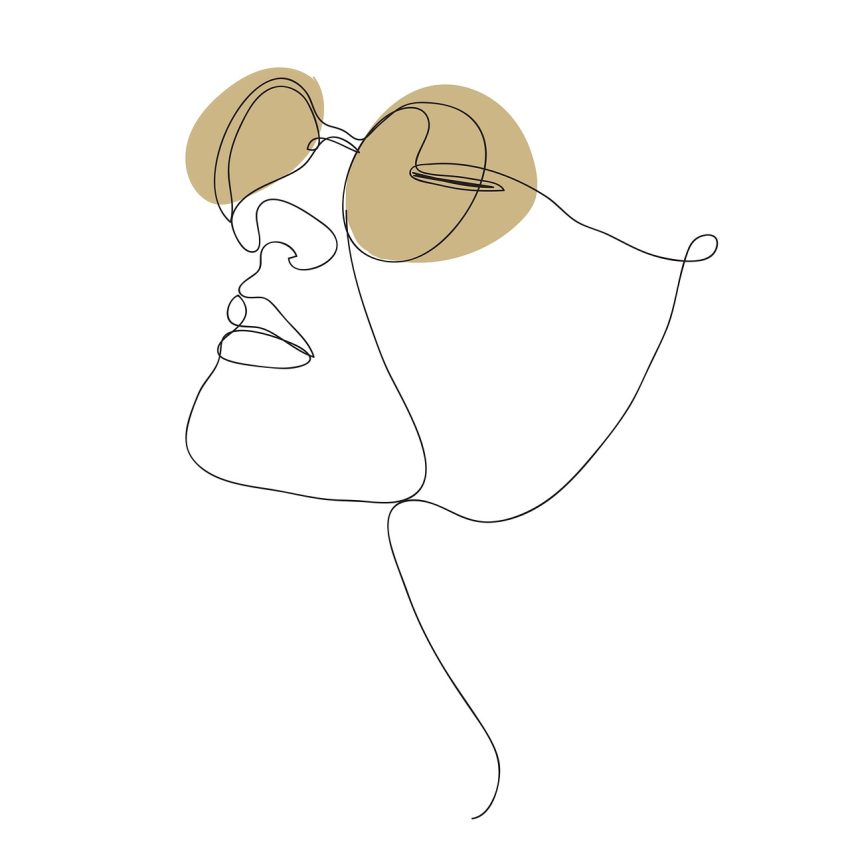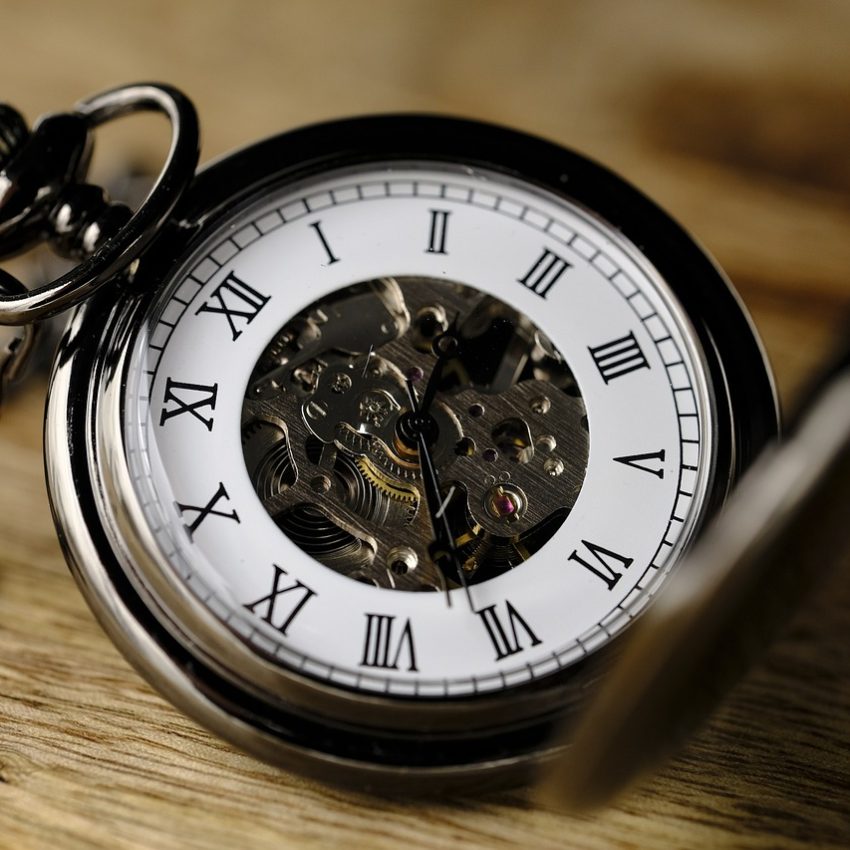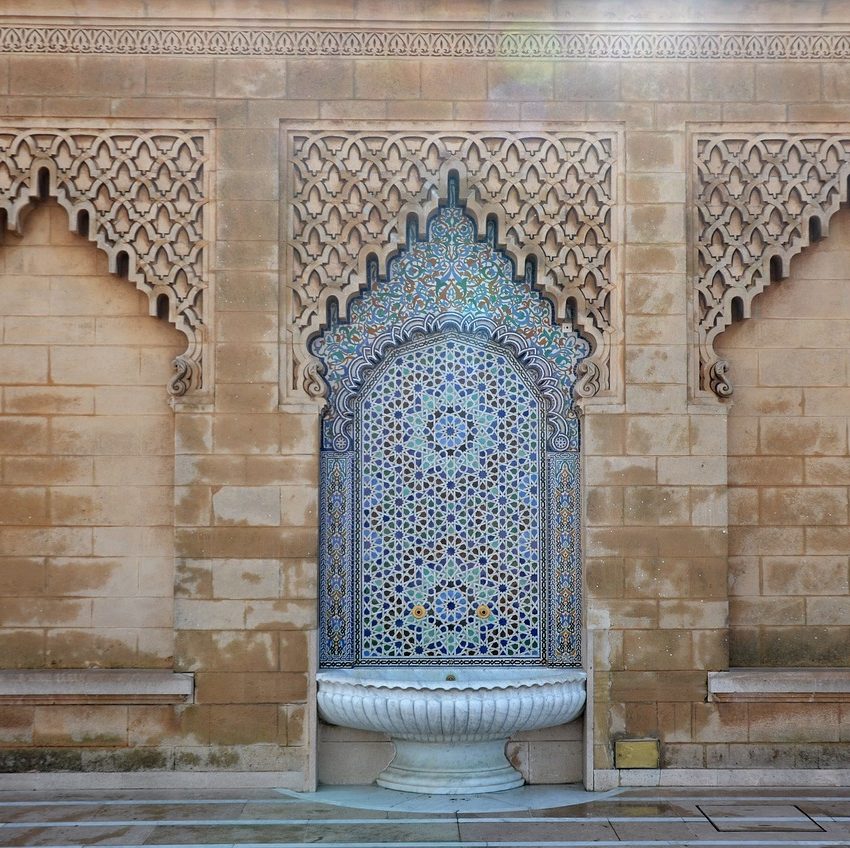Avant-garde Sculptor Katarzyna Kobro
Katarzyna Kobro (26 January 1898 – 21 February 1951) was a pioneering Polish sculptor at the forefront of the Constructivist movement.
Renowned for her avant-garde approach, she revolutionized abstract sculpture by integrating spatial rhythm and scientific principles into her work, rejecting traditional Aestheticism.
Born in Moscow to a culturally diverse family of German and Russian descent, Kobro relocated to Poland in the 1920s, where she flourished creatively.
Collaborating closely with her husband, Władysław Strzemiński, they developed the concept of Spatiality, blending spatial composition with prefabricated elements and industrial materials.
In a realm where boundaries are meant to be pushed and traditions challenged, Katarzyna Kobro emerges as a beacon of creativity and defiance.
Her artistry goes beyond mere aesthetics; it is a testament to courage, experimentation, and unwavering dedication to her craft.
Through this exploration, we invite you to witness the transformative power of an artist who dared to defy norms and carve her own path in the tumultuous landscape of 20th-century art.
Join us as we peel back the layers of history to reveal the vibrant tapestry woven by Kobro’s unyielding spirit – a narrative that beckons us to rethink our perceptions of artistic innovation and legacy.
Early Life and Influences
Katarzyna Kobro was born 1898 in Moscow on January 26, then part of the Russian Empire, to a family of mixed heritage.
Her father, Nikolai Alexander Michael von Kobro, hailed from Baltic Germans in present-day Latvia, while her mother, Evgenia Rozanov, was Russian. Raised initially in Riga, the family later moved to Moscow in 1915.
Kobro pursued her artistic education at the Moscow School of Painting, Sculpture, and Architecture from 1917 to 1920, where she associated with prominent artists like Kazimir Malevich, Olga Rozanova, Vladimir Tatlin, and Alexander Rodchenko.
In 1920, she married Polish artist Władysław Strzemiński (1893–1952) and subsequently obtained Polish citizenship in 1924 after fleeing to Poland at the outset of 1922.
At the core of Kobro’s artistic genesis lay her encounters with Constructivism—a movement prioritizing geometric forms and industrial materials.
Infused with these principles from her years studying sculpture in Russia, Kobro’s early work embodied a fusion of abstraction and practicality, setting the stage for her future experiments.
Moreover, engagements with artists like Kazimir Malevich provided fertile ground for challenging traditional norms, fueling Kobro’s inclination towards revolutionary artistic expressions.
Significantly, key events like her relocation to Poland and collaborations with avant-garde luminaries such as Władysław Strzemiński forged new dimensions within Kobro’s oeuvre.
The interplay between Polish Futurism and Cubist tendencies during this period expanded her creative horizons, sculpting an artist driven by a relentless quest for innovation.
These crucial chapters not only influenced her technical prowess but also laid the foundation for Kobro’s unwavering commitment to pushing artistic boundaries to their limits.
career
Settling in the Polish towns of Szczekociny and later Koluszki, Kobro and Strzemiński worked as educators while pursuing their artistic endeavors. In 1926, Kobro co-founded the Praesens Group with architects Bohdan Lachert and Szymon Syrkus, although she parted ways with the group in 1929 due to artistic differences.
Subsequently, Kobro, Strzemiński, along with painter Henryk Stażewski, and poets Jan Brzękowski and Julian Przyboś, established the a.r. group, representing “Revolutionary Artists” or “Real Avant-Garde.”
Kobro played a pivotal role in the founding of the Museum of Art in Łódź and, in 1932, she and her husband became members of the Abstraction-Création group. Notably, in 1937, Kobro endorsed the 1936 Dimensionist Manifesto alongside luminaries such as Jean Arp, Marcel Duchamp, and László Moholy-Nagy.
ARTISTIC STYLE OF KATARZYNA KOBRO
Kobro emerged as a leading figure among interwar avant-garde artists, deeply influenced by Constructivism. Rejecting Aestheticism, individualism, and subjectivism, she championed the absolute objectivism of form. Her primary goal was to construct abstract artworks founded on universal and objective principles unearthed through experimentation and spatial analysis.
Central to her artistic vision was the conceptualization of infinite space, envisioned as uniform and devoid of focal or reference points akin to the origin of a coordinate system.
Thus, she endeavored to arrange space in a manner where it wasn’t partitioned into enclosed forms but rather coexisted with the artwork, allowing space to permeate it seamlessly.
Themes such as rhythm, movement, and space became intrinsic to Kobro’s creations, with her sculptures resonating with a sense of energy and balance.
Through the meticulous arrangement of shapes and lines, she captured the essence of motion frozen in time. The interplay between positive and negative space in her compositions exemplified her mastery of spatial relationships, inviting viewers to engage with art on a multidimensional level.
As Kobro continued to refine her craft, critics and fellow artists alike began to recognize the profound depth of her oeuvre. Her artworks transitioned from being seen merely as objects to contemplating the very nature of form itself.
This shift in perception highlighted Kobro’s ability to challenge traditional notions of sculpture and provoke thought about the intersection of art and society.
Ultimately, Kobro’s evolving artistic style not only reflected her personal growth but also left an indelible mark on the trajectory of modern art history.
Sculpture, Collaborations and Legacy
Katarzyna Kobro’s artistic journey was not one of solitary innovation but a collaborative odyssey that intersected with other luminaries of her time.
One particularly notable alliance was her partnership with the avant-garde artist, Władysław Strzemiński. Together, they co-created groundbreaking artworks that challenged traditional notions of sculpture and form.
Their collaboration fueled an exchange of ideas that pushed the boundaries of both artists’ work, resulting in pieces that still captivate audiences today.
Through her collaborations, Kobro left an indelible mark on future generations of artists who continue to draw inspiration from her avant-garde ethos.
Her emphasis on geometric abstraction and spatial relationships continues to influence contemporary art practices, showcasing the enduring relevance of her innovative spirit.
Artists across disciplines find resonance in Kobro’s distinct style, adapting her principles to forge new paths in the ever-evolving landscape of artistic expression.
As we reflect on Katarzyna Kobro’s legacy, it becomes evident that her impact transcends temporal confines.
Her pioneering vision and fearless exploration of form serve as guiding beacons for modern artists navigating the complexities of creativity.
By embracing collaboration and fostering dialogue within the artistic community, Kobro laid the groundwork for a legacy that reverberates through time, encouraging aspiring artists to defy conventions and embrace innovation in their own creative endeavors.
Innovative Techniques
Katarzyna Kobro was renowned for her fearless exploration of innovative techniques in the realm of avant-garde art. One remarkable aspect that defined her work was her utilization of geometric forms to create sculptures that transcended traditional artistic boundaries. By incorporating shapes like spheres, cubes, and cylinders, Kobro introduced a new language of expression into the art world, challenging viewers to ponder the interaction between form and space in novel ways.
Furthermore, Kobro’s pioneering choice of materials set her apart as a trailblazer in the field. She often worked with industrial materials such as metal and plexiglass, transforming these mundane substances into pieces of profound beauty. Through her manipulation of these unconventional mediums, she not only redefined the concept of sculpture but also paved the way for future artists to experiment with a diverse range of materials to convey complex ideas.
One cannot discuss Kobro’s innovative techniques without acknowledging her knack for blending art with architecture. Her sculptural compositions often contained elements that blurred the lines between visual art and spatial design, offering viewers an immersive experience that challenged their perceptions of both disciplines. This interdisciplinary approach enabled Kobro to break free from traditional artistic constraints and create dynamic works that pushed the boundaries of what was deemed possible within the artistic landscape.
By embracing experimentation and daring to defy convention through her selection of materials, forms, and interdisciplinary practices, Katarzyna Kobro established herself as a maverick whose legacy continues to captivate audiences and inspire contemporary creators seeking to infuse their art with a spirit of innovation and boundary-pushing ingenuity.
Challenges Faced
Katarzyna Kobro’s journey in the art world was not without its share of challenges.
As a female artist during the early 20th century, she faced gender biases that often obscured her revolutionary spirit from receiving the acknowledgment it deserved.
The societal norms of the time often relegated women artists to the periphery, making it harder for them to break through and gain recognition for their innovative work.
Despite these obstacles, Kobro persisted in pursuing her artistic vision with unwavering determination.
Navigating a male-dominated art scene, Kobro encountered resistance and skepticism towards her avant-garde ideas and methods.
Her radical approach to sculpture clashed with conventional perceptions of art at the time, posing a challenge to traditionalists who struggled to accept her groundbreaking concepts.
Through sheer resilience and creative perseverance, Kobro defied these barriers and carved a distinctive niche for herself in an era where female artists were frequently marginalized.
One prominent example of Kobro overcoming adversity is seen in her collaboration with fellow artist Władysław Strzemiński, where they co-authored one of their most iconic works, “Spatial Composition 6.”
Despite facing criticism and ostracism due to their progressive ideologies, Kobro and Strzemiński remained steadfast in their pursuit of artistic excellence.
It is through such partnerships and unwavering dedication that Kobro transcended the challenges posed by societal constraints, ultimately leaving an indelible mark on the art world—a testament to her enduring legacy as a trailblazer in modern art.
As we reflect on Katarzyna Kobro’s life and career, it becomes evident that her ability to confront and surmount obstacles not only defined her artistic legacy but also positioned her as a symbol of resilience for future generations of artists.
By navigating adversities with grace and fortitude, Kobro managed to transcend limitations imposed by society, solidifying her reputation as a pioneer whose revolutionary spirit continues to inspire contemporary creatives striving to push boundaries and challenge established norms in art.
Revolutionary Impact
Katarzyna Kobro’s revolutionary impact on the art world was profound, challenging conventions and sparking conversations that reverberated through subsequent generations of artists.
One notable instance where Kobro pushed boundaries was through her theory of sculpture as an ‘integral element in architecture.’
This concept not only defied traditional notions of sculpture as standalone pieces but also highlighted her innovative approach towards integrating art with architectural spaces.
By blurring the lines between these two disciplines, Kobro initiated dialogues that reshaped perceptions of art’s role in shaping environments.
Kobro’s innovative spatial compositions left a profound mark on numerous modern artists, notably influencing the development of Belgian sculptor and painter Georges Vantongerloo’s work throughout the 1920s and 1930s.
Her artistic contributions have been showcased in prestigious museums globally, including the Centre Pompidou, Museo Reina Sofia, Museum of Modern Art, Moderna Museet Malmö, and Whitechapel Gallery.
Furthermore, Kobro’s emphasis on dynamic relationships between form and space not only challenged conventional artistic norms but also influenced how viewers interacted with her works.
Her avant-garde sculptures, characterized by geometric abstraction and kinetic elements, invited viewers to engage actively with the pieces rather than passively observe them.
This shift from static art forms to interactive installations marked a pivotal moment in modern art history, illustrating Kobro’s visionary spirit in redefining the boundaries of artistic expression.
The ripple effect of Kobro’s revolutionary approach can be seen in the way subsequent art movements embraced her ideas and expanded upon them.
From Constructivism to Kinetic Art, traces of Kobro’s influence can be found in the works of artists who drew inspiration from her bold experiments with form, space, and movement.
By challenging entrenched beliefs about what art could be and how it could interact with its environment, Katarzyna Kobro laid the groundwork for a new wave of artistic exploration that continues to shape contemporary art practices today.
Her legacy stands as a testament to the enduring power of innovation and inventive thinking in pushing artistic boundaries ever forward.
Honoring a Visionary
In delving into the revolutionary spirit of Katarzyna Kobro, it becomes evident that her legacy stands as a testament to innovation and perseverance in the art world.
From her early influences shaping a distinct artistic vision to her groundbreaking techniques challenging traditional norms, Kobro’s journey is one marked by unwavering dedication to experimentation and pushing boundaries.
As we reflect on Kobro’s enduring influence on art history, it is essential to recognize her as a visionary who paved the way for future generations of artists.
Her ability to transcend societal barriers and spark conversations about conventional art practices continues to resonate even in contemporary times.
By revisiting Kobro’s contributions, we are not simply celebrating the past; we are also honoring a timeless legacy that reminds us of the boundless possibilities when creativity meets courage.
Let Katarzyna Kobro’s revolutionary spirit inspire us all to embrace innovation, defy limitations, and leave our mark on the canvas of history.





